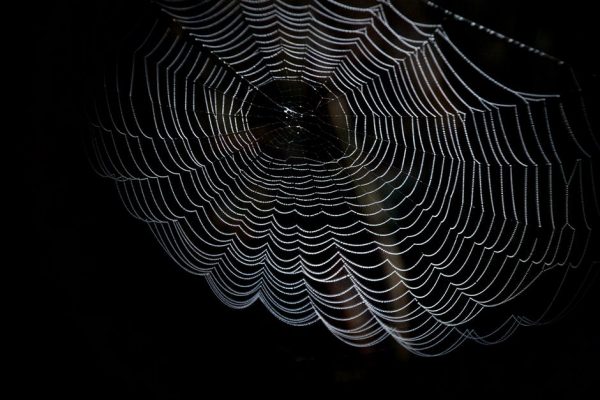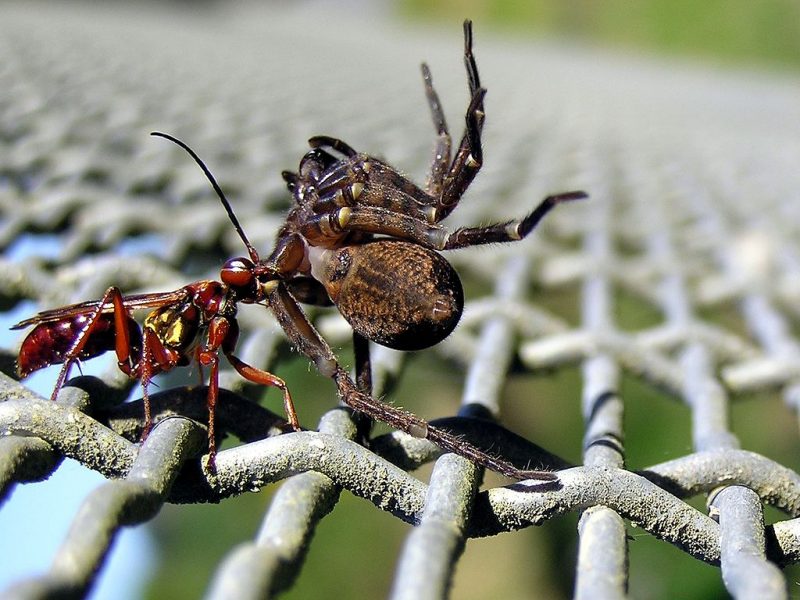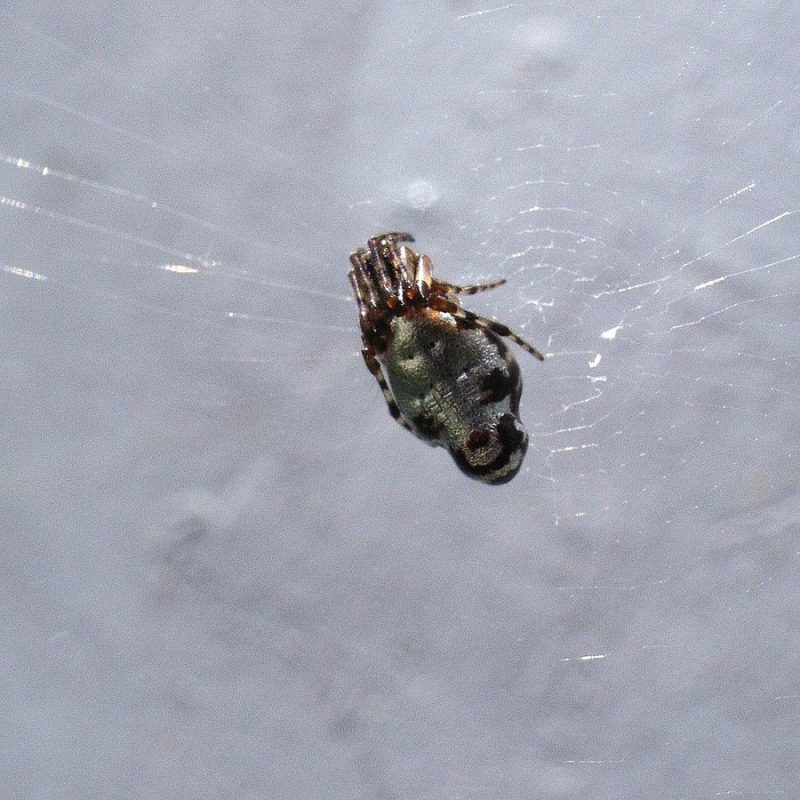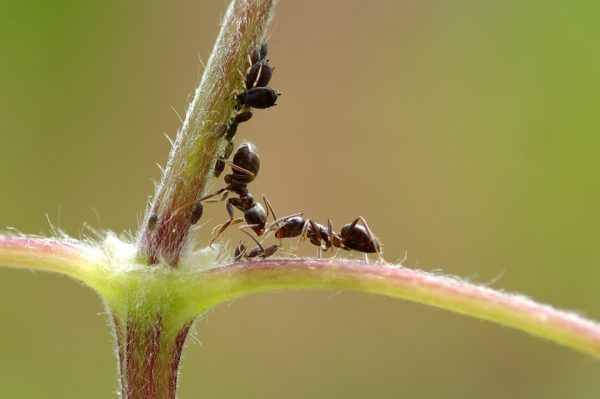The weird world we live in – Wasp mastermind and its spider zombie slave
The world of creepy crawlies and bugs is something we get shudders about, but as long as they keep their distance, we’re happy. We’re familiar with the butterflies and the bees and the spiders that lurk in dark corners, but their insect world just got creepier than we thought. The Outdoor Revival team looked into the world of spiders and discovered something that gave us the creeps. This is something that is so real but seems like it walked straight out of a sci-fi movie.
An orb-weaving spider’s typical life cycle
An orb-weaving spider goes through many stages, from birth to death, but one thing that is associated with spiders are the webs they spin, either for catching prey or to protect themselves as they molt. Yes, spiders do molt, and this is a very vulnerable process for them. The webs they spin differ depending upon their need.

If they want food home delivered, they spin a very sticky, nearly invisible web that traps flying insects and other bugs. However, if they are near the molting stage, which often occurs when the spider is young and needs to grow a larger exoskeleton, then they will spin a stronger web which is known as the resting web.
This resting web differs from the typical web as the silken threads are more visible to other creatures, allowing them to avoid crashing into it. The web is also not sticky at this point as their intent is not to capture prey but to warn prey to avoid the web.
The zombie – overlord tale
This is the very real story of the Cyclosa argenteoalba orb-weaving spider and the Reclinervellus nielseni wasp, the latter that acts as a parasitic element, forcing the spider to do its bidding. How the wasp controls the spider has baffled scientists for a while, and many studies are being conducted to determine if the wasp manipulates the spider through some kind of a hormone or uses a type of neurotoxin to transform the spider into a mindless zombie slave.
The two creatures are native to Japan, and researchers are conducting a study on this parasitic host relationship in Hyogo prefecture, Japan, looking to find out more on the behaviors of these species and the manipulative process of the wasp over the spider. This study was published in the Journal of Experimental Biology in 2015.
The manipulative relationship between the wasp and the spider
We all know something is afoot, but what? It all begins with the female wasp looking for an ideal place to lay her egg. She targets the orb-weaving spider and attacks it in its web, depositing her egg on the spider’s abdomen, but leaving the spider alive. This provides the unborn egg with a safe, warm place to survive until it develops into a larva. The larva somehow controls the spider to do its bidding, which is to create a whole new web. As the larva will need to become a cocoon after it has left the spider, it needs a safe place where it will not be disturbed, for the ten-day period that it will take to transform from a cocoon into a wasp.

Usually, a spider makes a strong web when it is molting, as it has no defense against other creatures and it is at its most vulnerable. Similarly, the larva dictates that the spider to create a new web – one much stronger than anything the orb-weaving spider has ever created, many times ripping apart its old one or leaving it behind to create the new one. The new ‘resting’ web has to have more strength as the web for a molting spider needs to protect the spider for a two day period, which is the molting time frame for the spider.
However, it will take ten days for the cocoon to transform, and that is one reason why a special super strong ‘resting’ web is created. This special web is made of fibrous silken threads that glisten and are more visible. Not only are these silken threads strong, but they can also reflect ultraviolet light, which definitely ups the visibility quotient. This resting web provides a safe home for the cocoon as it changes from the larvae stage to the pupal phase.
Just how strong is the cocoon web?

A resting web is pretty strong so that it can handle any falling objects, debris and attacks for a period of two days. A cocoon web has to be even stronger in order to survive all the impact it will face over a ten-day period. When researchers were looking into this strange relationship shared by the wasp and the spider, they ran a series of tensile tests on the cocoon web and resting web and discovered that the cocoon web’s strength was 2.7 greater than the resting web of the orb-weaving spider.
A horrible case of use and discard
After the zombie spider slave finishes the task set by the mind-controlling wasp, it goes back to the center of the web where it is killed off by the wasp larva. Chucking the spider corpse off the cocoon web, the larva settles down inside a cocoon it builds for nearly two weeks.
Are there other examples of parasitic creatures?
Just when you thought this was a special case, researchers found another parasitic wasp in Costa Rica that does the same thing. The Hymenoepimecis argyraphaga wasp lays its eggs inside the arachnid host, the Plesiometa argyra, and the larvae eat the spider inside out after a strong cocoon web is created for the larvae. Even fungus induce the same zombie-like behavior in Brazil, where the fungi infect various ant species, causing the ants to climb to the highest point possible, before they are killed by the fungus which shoots up through their skulls, throwing the fungus spores into the wind.

Although scientists have figured out that a combination of chemicals is injected into the ants, they are still in the process of studying how the parasitic wasps control their host creatures. One theory that Keizo Takasuka, the main researcher in this study, has is that the parasitic larvae introduce the same web strengthening hormones the spider has during its molting process into the spider to achieve its goal. As of now, studies are underway to determine the chemicals in the larva and the correlation to the chemicals in the resting web building hormone present in its host arachnid.
Host manipulation is something that has existed in nature for a while, and this evolutionary ecology phenomenon has fascinated researchers, who try to understand how this behavior came to exist while also understanding the essentiality of the actions.
If we understand this, could it lead to a real situation of the movie ‘Aliens’ coming to life?
Only time will tell.
If you have any comments then please drop us a message on our Outdoor Revival Facebook page
If you have a good story to tell or blog let us know about it on our FB page, we’re also happy for article or review submissions, we’d love to hear from you.
We live in a beautiful world, get out there and enjoy it. Outdoor Revival – Reconnecting us all with the Outdoors.





